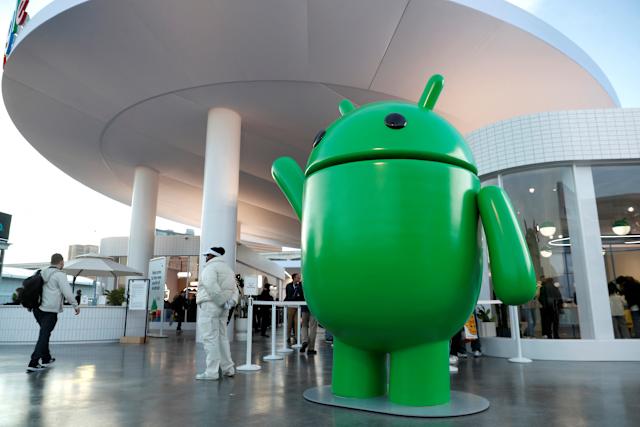
Google is set to enhance its ecosystem by merging Android and ChromeOS into a unified platform. In a recent interview with TechRadar, Sameer Samat, the president of Google’s Android ecosystem, confirmed this significant shift. Samat expressed a keen interest in how users manage their tasks across multiple devices, specifically referencing the integration of a MacBook, iPhone, and Apple Watch.
The decision to unify these operating systems aims to create a more cohesive experience for users, similar to the seamless interaction found among Apple products. This move is seen as a logical progression for Google, which has been gradually implementing features that bridge the gap between its operating systems for some time.
Transitioning Towards a Unified Platform
Samat’s comments indicate that the unification effort may lead to a more intuitive user experience. “I asked because we’re going to be combining ChromeOS and Android into a single platform, and I am very interested in how people are using their laptops these days and what they’re getting done,” he stated. By merging these systems, Google is expected to enhance functionality across devices, making it easier for users to transition between their laptops and mobile devices.
This transition is not entirely new for Google. Last year, the company announced plans to base ChromeOS on similar technology that powers Android. Moreover, ChromeOS has long supported Android applications, many of which include desktop modes. The upcoming release of Android 16 is anticipated to further this integration with features reminiscent of Samsung’s DeX desktop interface.
Looking Ahead: The Future of Google’s Ecosystem
As Google prepares to roll out this unified platform, the tech community is watching closely. The integration promises to streamline user experience across devices, aligning more closely with modern usage patterns. The first indications of this shift will likely emerge with the launch of new Android XR devices in the coming months.
By enhancing interoperability among its operating systems, Google aims to position itself competitively against other tech giants. While the idea of merging Android and ChromeOS may seem overdue, it demonstrates Google’s commitment to evolving in line with user needs and technological advancements. As this transition unfolds, users can expect a more connected and efficient way to interact with their devices, further solidifying Google’s role in the global technology landscape.







